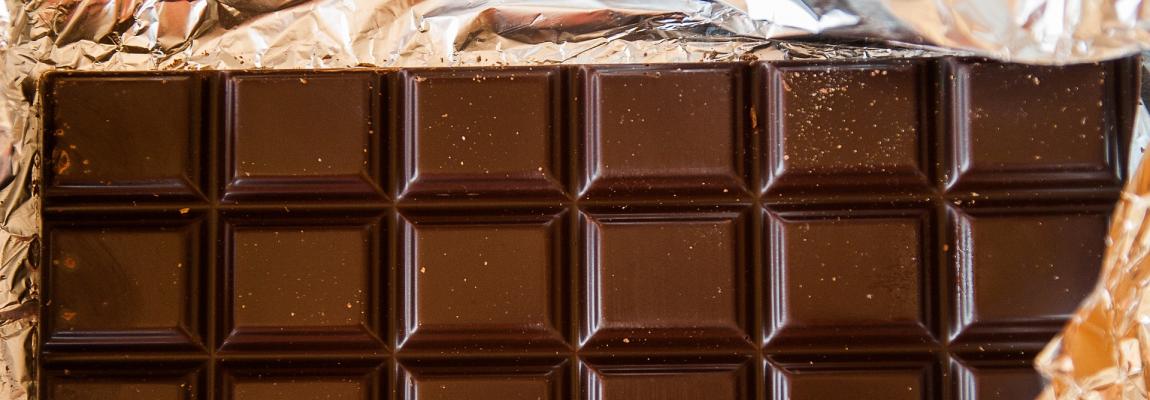
Evaluation of chocolate bloom over shelf life
The visual analyzer allows an accurate measurement of chocolate blooming defect
11/05/2017

Chocolate bloom is a whitish coating that can appear on the surface of chocolate over ageing. Bloom is a major issue in the production of chocolate and the main cause of quality loss and texture change. This chocolate blooming phenomenon leads to shelf life reduction, export decrease and consumer rejection due to an unappetizing aspect. Bloom can originate from 2 factors: the major one is fat bloom, which is due to changes in the fat contained in the chocolate; the second one, less usual, is sugar bloom, caused by the condensation of the moisture on the sugar ingredients.
Sensory evaluation of chocolate is a way to determine and control its quality. A method based on IRIS Visual Analyzer measurement has been set up to achieve the visual inspection of chocolate and quantify the defect of chocolate bloom.
The analysis consists of taking a picture of 2 samples of chocolate, one of normal quality, one of unsatisfactory quality i.e. with fat bloom on the chocolate surface. To evaluate the proportion of bloom defect on the chocolate, each picture is processed as a color spectrum that indicates the percentage of each color present on the chocolate sample. This way, the colors linked with chocolate blooming can be easily distinguished and the proportion of bloom defect in chocolate accurately measured.
Finally, based on IRIS measurements, a quality control card can be set up, with a fixed maximum of acceptable bloom defect proportion. This tools allows to rapidly and easily monitor the sensory quality of chocolate over shelf life.
Discover what other applications can be addressed by IRIS visual analyzer.
